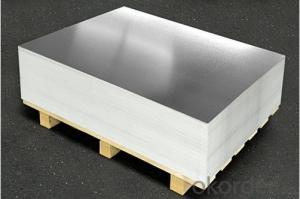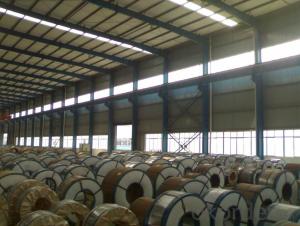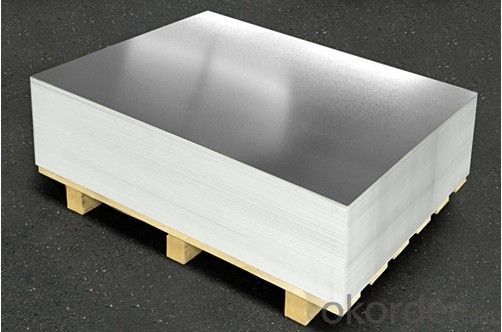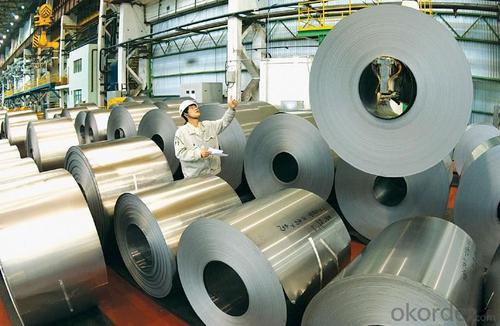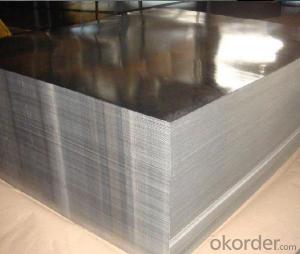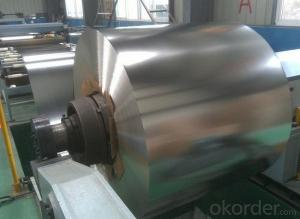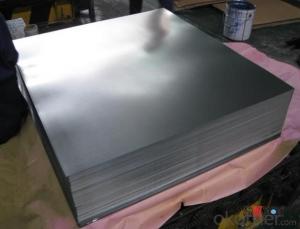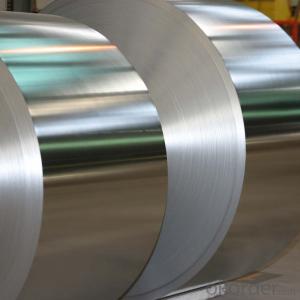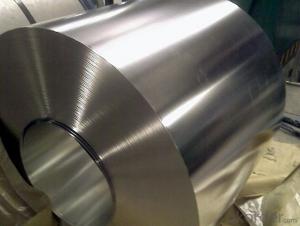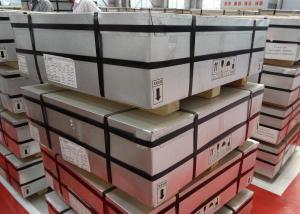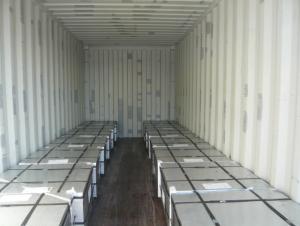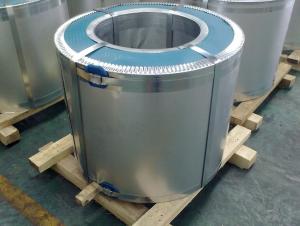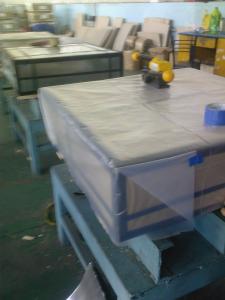Electrolytic Tinplate for Foods and Chemical Packaging
- Loading Port:
- Tianjin
- Payment Terms:
- TT OR LC
- Min Order Qty:
- 25 m.t
- Supply Capability:
- 7000 m.t/month
OKorder Service Pledge
OKorder Financial Service
You Might Also Like
1.Structure of Electrolytic Tinplate for Foods and Chemical Packaging Description
Electrolytic Tin Plate Coils and Sheets for Foods Metal Packaging, is one thin steel sheet with a coating of tin applied by electrolytic deposition. Tinplate made by this process is essentially a sandwich in which the central core is strip steel. This core is cleaned in a pickling solution and then fed through tanks containing electrolyte, where tin is deposited on both sides. As the strip passes between high-frequency electric induction coils, it is heated so that the tin coating melts and flows to form a lustrous coat.
2.Main Features of the Electrolytic Tinplate for Foods and Chemical Packaging
Appearance – Electrolytic Tin Plate is characterized by its beautiful metallic luster. Products with various kinds of surface roughness are produced by selecting the surface finish of the substrate steel sheet.
Paintability and printability – Electrolytic Tin Plates have excellent paintability and printability. Printing is beautifully finished using various lacquers and inks.
Formability and strength – Electrolytic Tin Plates have got very good formability and strength. By selecting a proper temper grade, appropriate formability is obtained for different applications as well as the required strength after forming.
Corrosion resistance – Tinplate has got good corrosion resistance. By selecting a proper coating weight, appropriate corrosion resistance is obtained against container contents. Coated items should meet 24 hour 5 % salt spray requirement.
Solderability and weldability – Electrolytic Tin Plates can be joined both by soldering or welding. These properties of tinplate are used for making various types of cans.
Hygienic – Tin coating provides good and non toxic barrier properties to protect food products from impurities, bacteria, moisture, light and odours.
Safe – Tinplate being low weight and high strength makes food cans easy to ship and transport.
Eco friendly – Tinplate offers 100 % recyclability.
Tin is not good for low temperature applications since it changes structure and loses adhesion when exposed to temperatures below – 40 deg C.
3.Electrolytic Tin Plate Coils and Sheets for Foods Metal Packaging Images
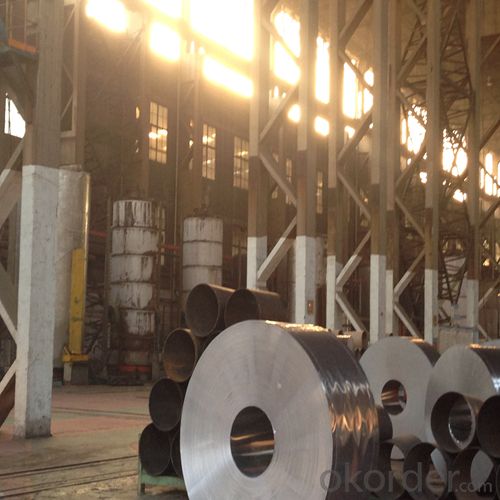
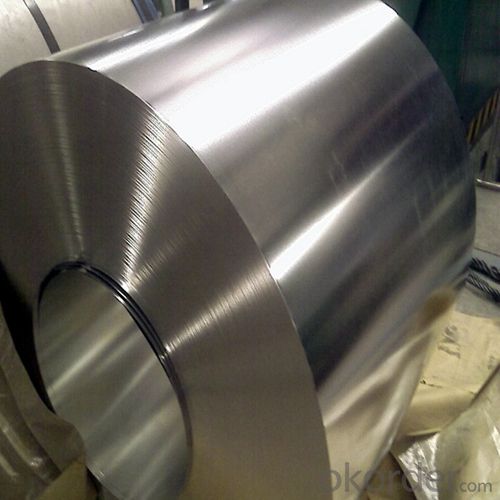
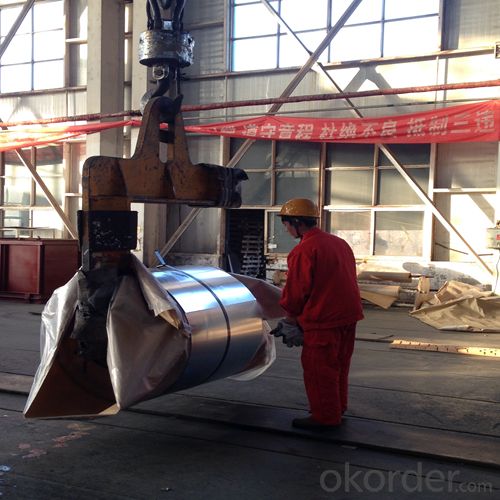
4.Electrolytic Tinplate for Foods and Chemical Packaging Specification
Standard | ISO 11949 -1995, GB/T2520-2000,JIS G3303,ASTM A623, BS EN 10202
|
Material | MR,SPCC |
Thickness | 0.15mm - 0.50mm |
Width | 600mm -1150mm |
Temper | T1-T5 |
Annealing | BA & CA |
Coil Inner Diameter | 508mm |
Weight | 6-10 tons/coil 1~1.7 tons/sheets bundle |
Passivation | 311 |
Oil | DOS |
Surface | Finish,bright,stone,matte,silver |
5.FAQ of Electrolytic Tinplate for Foods and Chemical Packaging
- How are the Electrolytic Tin Plates specified?
The Electrolytic Tin Plates are specified as per the steel base, extent of tempering, the coating weight, annealing method and the surface finish.
- How many types there are for base steels?
The base steels are of three types: Type MR, L, D
- Q: What are the typical finishing options for tinplate products?
- The typical finishing options for tinplate products include painting, printing, coating, embossing, and varnishing. These options not only enhance the appearance of the tinplate products but also provide protection against corrosion and improve overall durability.
- Q: Is tinplate resistant to corrosion?
- Yes, tinplate is resistant to corrosion due to its protective tin coating which prevents the steel underneath from coming into contact with moisture or oxygen, thus preventing rusting.
- Q: How is tinplate coated for furniture?
- Tinplate for furniture is typically coated through a process known as electroplating, where a thin layer of tin is deposited onto the surface of the furniture. This process involves immersing the furniture in a solution containing tin ions, and then applying an electric current to facilitate the deposition of the tin onto the surface. This coating provides the furniture with a protective layer, preventing corrosion and enhancing its aesthetic appeal.
- Q: What are the main innovations in tinplate production and use?
- There have been several key innovations in tinplate production and use. One significant advancement is the development of continuous annealing technology, which allows for more precise control over the tempering process, resulting in tinplates with improved strength and formability. Additionally, the introduction of advanced coating techniques, such as electrolytic deposition and hot dip coating, has enhanced the corrosion resistance of tinplates, making them ideal for packaging food and beverages. Moreover, the use of tin-free steel (TFS) has gained popularity as an alternative to traditional tinplates, offering cost-effectiveness and environmental advantages. Overall, these innovations have revolutionized tinplate production, providing improved quality, versatility, and sustainability in various industries.
- Q: What about tin cans?
- In the galvanic cells of the tin, iron is negative and oxidized because iron is more active than tinTherefore, in the coating damage after corrosion. Than tin tin
- Q: What are the main factors affecting tinplate coil surface quality?
- The main factors affecting tinplate coil surface quality include the quality of the base metal used, the cleanliness of the production environment, the effectiveness of the cleaning and coating processes, the temperature and speed of the production line, and the skill and experience of the operators.
- Q: How does tinplate perform in terms of tamper resistance?
- Tinplate performs well in terms of tamper resistance. Its strong and durable nature makes it difficult for unauthorized individuals to tamper with the contents of tinplate packaging.
- Q: Can tinplate be used for pharmaceutical packaging?
- Yes, tinplate can be used for pharmaceutical packaging. Tinplate is a type of steel coated with a thin layer of tin, which provides excellent protection against corrosion and ensures the integrity and safety of pharmaceutical products. It is commonly used for the production of cans, containers, and closures, making it a suitable choice for pharmaceutical packaging due to its durability, resistance to light and moisture, and ability to maintain product quality and safety.
- Q: How does tinplate impact the ease of opening and closing packaging?
- Tinplate, due to its durability and flexibility, positively impacts the ease of opening and closing packaging. It provides a sturdy and secure enclosure, ensuring that the package remains intact during transportation and storage. Additionally, tinplate's smooth surface allows for effortless opening and closing, making it convenient for consumers to access the contents of the packaging.
- Q: How do you paint the tinplate?
- Chemical stores have sold, elegant light paint, paint and other various patterns. Don't brush, a keg of a nozzle is put it.
Send your message to us
Electrolytic Tinplate for Foods and Chemical Packaging
- Loading Port:
- Tianjin
- Payment Terms:
- TT OR LC
- Min Order Qty:
- 25 m.t
- Supply Capability:
- 7000 m.t/month
OKorder Service Pledge
OKorder Financial Service
Similar products
Hot products
Hot Searches
Related keywords
